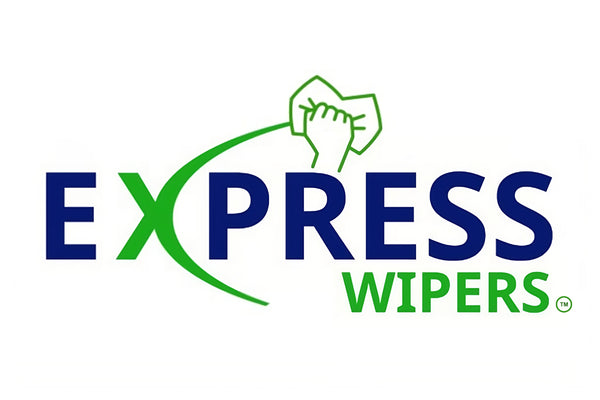🧼 What Is White Sheeting?
White sheeting refers to recycled cotton bed sheets—typically hotel-grade or medical-grade linens—that have been repurposed into cleaning cloths. These sheets are:
-
Lint-free: Perfect for surfaces that need a pristine finish.
-
Soft yet durable: Gentle enough for delicate items, tough enough for repeated use.
-
Highly absorbent: Great for polishing and wiping without leaving streaks.
✨ Best Uses for White Sheeting
White sheeting excels in tasks where cleanliness and care are paramount. Here’s where it truly shines:
-
Glass & Mirrors: No lint, no streaks—just crystal-clear results.
-
Polishing Metals: Buffs brass, chrome, and silver to a gleaming finish.
-
Electronics: Gentle enough for screens and sensitive components.
-
Delicate Surfaces: Ideal for wood finishes, collectibles, and artwork.
Its versatility makes it a staple in auto detailing, hospitality, and even tech repair shops.
White Sheeting vs. Other Rag Types
| Rag Type | Texture & Feel | Best For | Downsides |
|---|---|---|---|
| White Sheeting | Soft, lint-free | Glass, electronics, polishing | Less absorbent than towelling |
| Towelling | Thick, absorbent | Spills, heavy-duty cleaning | Leaves lint, rough on surfaces |
| Mixed Cotton | Varied textures | General-purpose cleaning | Inconsistent quality, may scratch |
While towelling is great for mopping up messes and mixed cotton works for everyday grime, white sheeting is the refined choice for tasks that demand fine finishes.
Tips for Choosing the Right Rag
-
Match the rag to the surface: Use white sheeting for anything delicate or prone to scratching.
-
Consider absorbency: Towelling is best for soaking up liquids; white sheeting is better for polishing.
-
Watch for lint: If you’re cleaning glass or electronics, lint-free is non-negotiable.
-
Think sustainability: Recycled options like white sheeting reduce waste and offer consistent quality.

